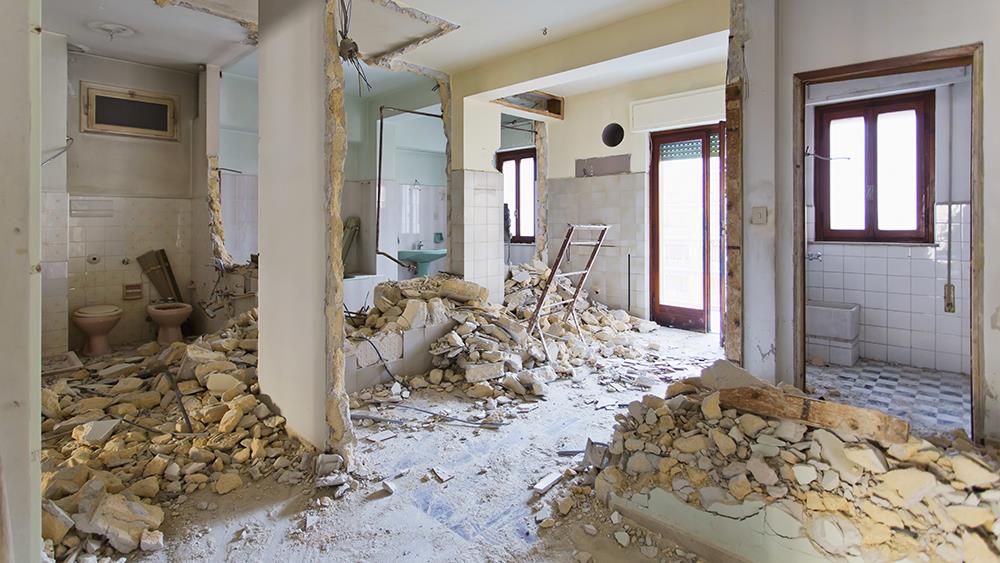

Following calls from architectural experts to save on carbon emissions by upgrading older buildings instead of knocking them down, Steve Richmond, Head of Marketing and Technical at REHAU Building Solutions, explains why retrofitting is key to more sustainable buildings.
The Royal Institute of Chartered Surveyors (RICS) estimates that a sizeable proportion of a building’s lifecycle carbon is emitted during construction – 35% and 51% for office and residential properties respectively. These findings have prompted campaigns for developers to prioritise the restoration of older properties over demolishing and replacing them at high carbon costs.
For example, retrofit piping solutions can be vital to ensuring the viability of this upgrade-centric approach and aiding the construction sector’s fight against climate change.
The Government committing the country to net zero emissions by 2050 has made improving sustainability a key concern across all sectors, including construction.
With that in mind, these RICS figures show just how damaging it can be to opt for new-builds over renovating older properties, especially at a time when we should be reducing emissions.
While building services suppliers should incorporate retrofit capabilities into their product designs as standard, it is now clearer than ever that this consideration should become a necessity.
These solutions will be vital to improving the efficiency of older buildings in line with modern standards, while negating the carbon costs associated with creating the materials required to build a new property in their place.
A number of sustainable, high-performing solutions are already available for developers and specifiers looking to retrofit existing properties.
These solutions, made from eco-friendly, recyclable polymer, include heating, plumbing and acoustic drainage systems that are easy to install and adapt to space and project demands, while improving building efficiency and performance.
The carbon costs associated with their construction means new buildings may not pay back their carbon debt for decades. As such, retrofitting should become a priority for specifiers and developers looking to improve the sustainability of their operations, especially as lowering carbon emissions grows in importance in the run-up to 2050.
Opting for efficient service solutions that can be adapted to suit existing properties is therefore crucial to reducing carbon emissions. With the support of their suppliers, developers and specifiers are well-placed to adapt to these changing priorities and the challenges posed in upgrading these older buildings.